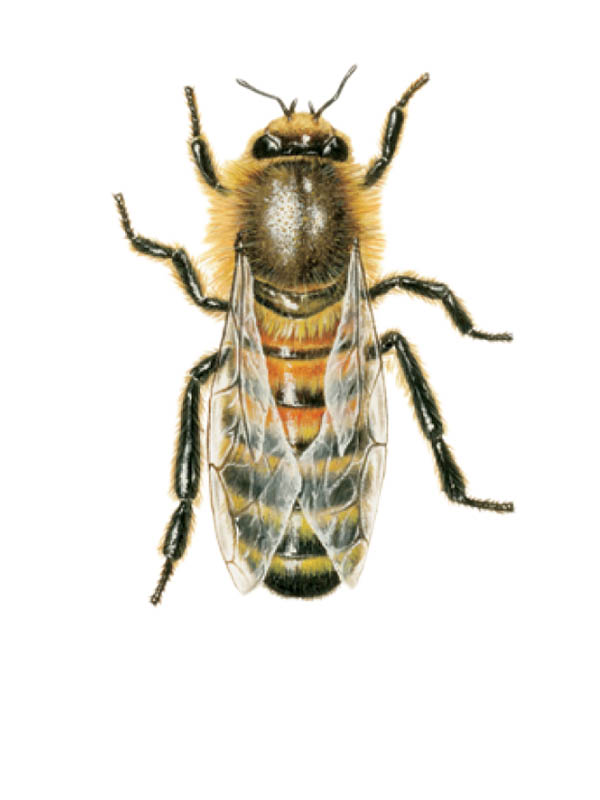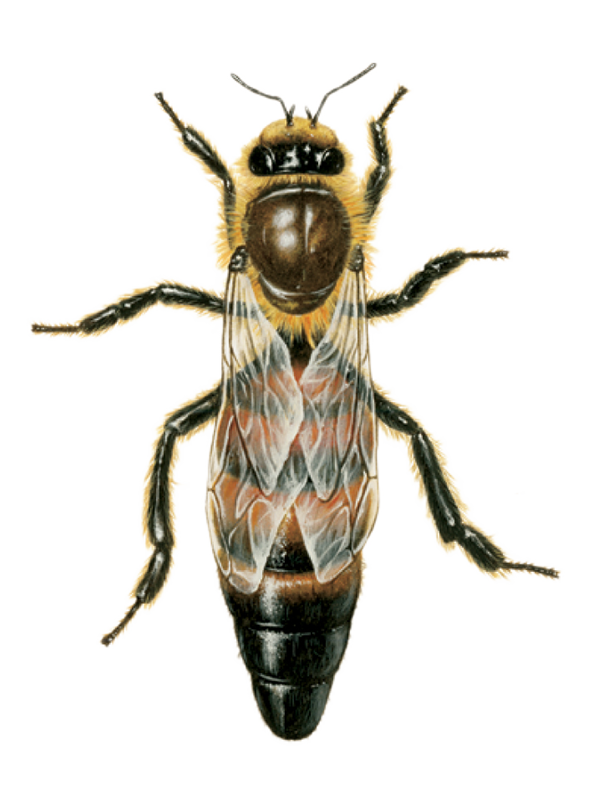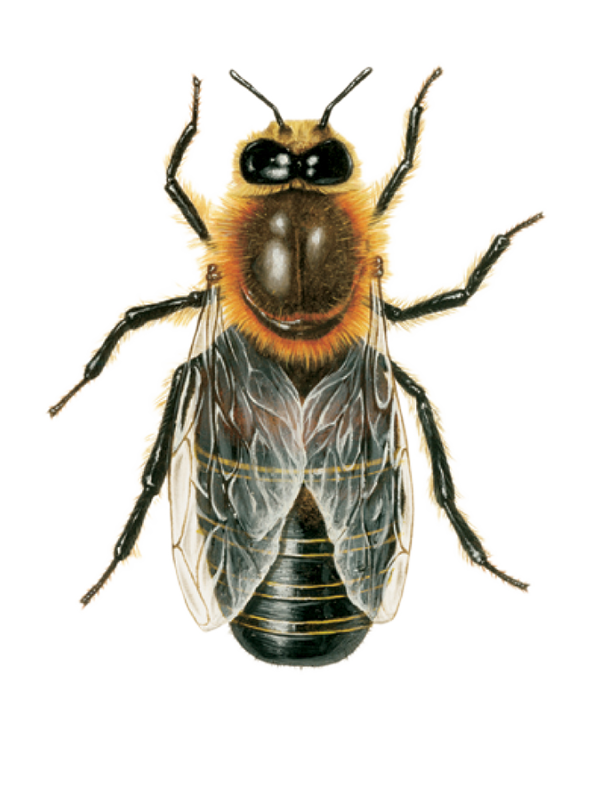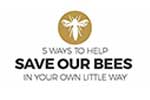Save Bees
Simple things you can do to save bees.
Got a Bee Swarm?
If a bee swarm has arrived in your yard or a place where they need to be removed, you can get help from a local beekeeper. Please visit our post here to find a beekeeper in your area and read more info on bee swarms.
Meet The Bees
Bees have three castes, the worker, the queen and the drone. Note the 3 images below (© Encyclopædia Britannica, Inc.) It’s easy to determine the castes if you look closely. The worker has smaller compound eyes than the drone and the queen has a longer thorax. The queens body extends far beyond the end tips of it’s wings unlike the worker and the drone.


WORKER BEE
The most common member of a bee colony is the infertile female bees known as the worker. She has many duties including cleaning cells, nurse, wax production, capping cells, feeding drones, attending to the queen, building honeycomb, storing pollen, propolis production, removing dead bees, fanning, gathering water, guarding the colony, foraging nectar and pollen, scouts seeking a new home when the colony swarms. These duties are carried out by most workers according to mostly to their age. Typically, she will live only six weeks before she dies as a forager bee.

QUEEN BEE
Ruling a colony by only one at a time, the queen bee is capable of producing up to 2,000 eggs per day. As she ages her egg laying abilities decline and often lays her eggs in an irregular pattern. As she begins to fail to lay eggs, her workers will make a democratic decision to replace her by constructing a swarm queen cell from a worker cell that is aimed at raising a new queen from a worker egg. If the queen were to suddenly die, an unplanned and urgent queen cell will be constructed by the workers to raise a queen. The difference between a queen and a worker is the level of extra nourishment a queen is fed royal jelly in its’ first two days whilst in their larval stage.

DRONE BEE
As the only males in the colony, the drones sole purpose in life is to find and mate with a virgin queen after which the drone dies almost immediately when his abdomen is ripped open. Drones gather to find a virgin queen mid-air in high numbers known as the drone congregation area. Drones are created from infertile eggs, therefore, they only have a mother (the queen) and a grandfather but do not have a father. The drone only has 16 chromosomes (as opposed to the females that have 32) thus the drone inherits all its’ genetic makeup from its’ mother. The drone is the only bee without a stinger to defend itself. As winter approaches and food supplies become scarce, any drones remaining in the colony will often be thrown out of the colony by the workers.
Not Everyone Can Be a Beekeeper
but there are many more ways all of us can help save bees
5 Ways to Help Save Bees
We have produced a small DL sized handout on 5 Ways to Help Save Bees. Please visit our post here to see more info and a free pdf you can download and use for educational purposes.


